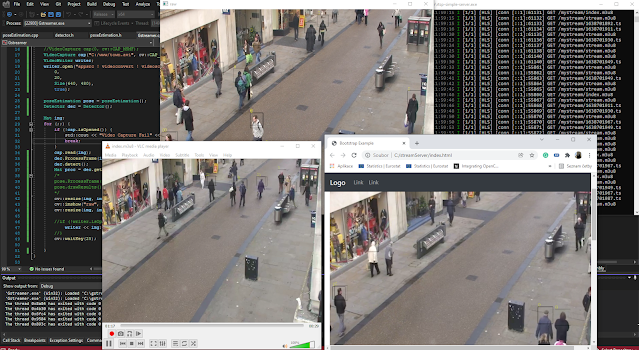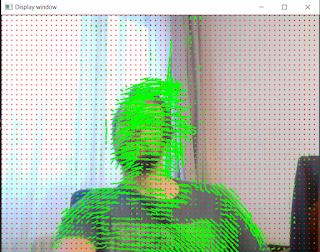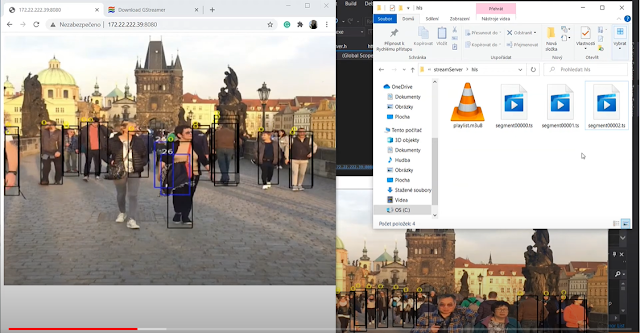Microsoft Project oxford computer vision
Research AI and Computer vision
There is some demo. Actually it works. I am younger and good thing is that gender is right.
Project oxford
This is great project from Microsoft research.. The computer vision SDK and API of a state-of-the-art image algorithms. Gender classification optical letter Recognition and many more.
Face DetectionFace VerificationEmotion RecognitionFace TrackingMotion DetectionStabilizationSpeech to TextText to SpeechSpeaker IdentificationSpeaker VerificationSpell CheckWord Breaking
More information about microsoft computer vision research you can find here research microsoft
There are project for images understanding like microsoft Coco i mentioned in some pervious articles (More about Coco). Another projects like Human behavior and video understanding, also 3D modelling and machine learning optimization and many more articles, source code and ideas. The lots of informations are related to Kinect and RGBD.






thank u blogger
This comment has been removed by the author.